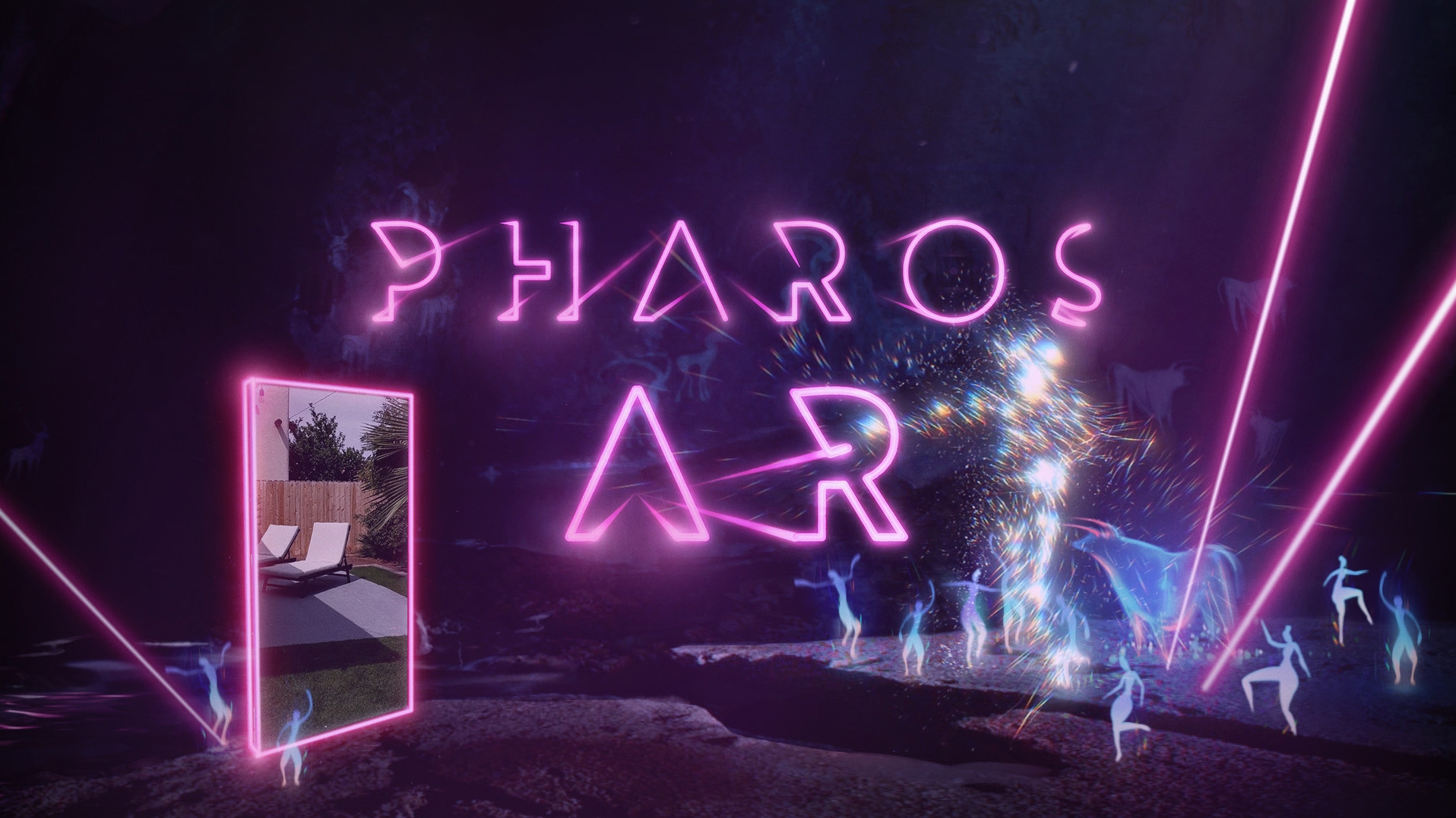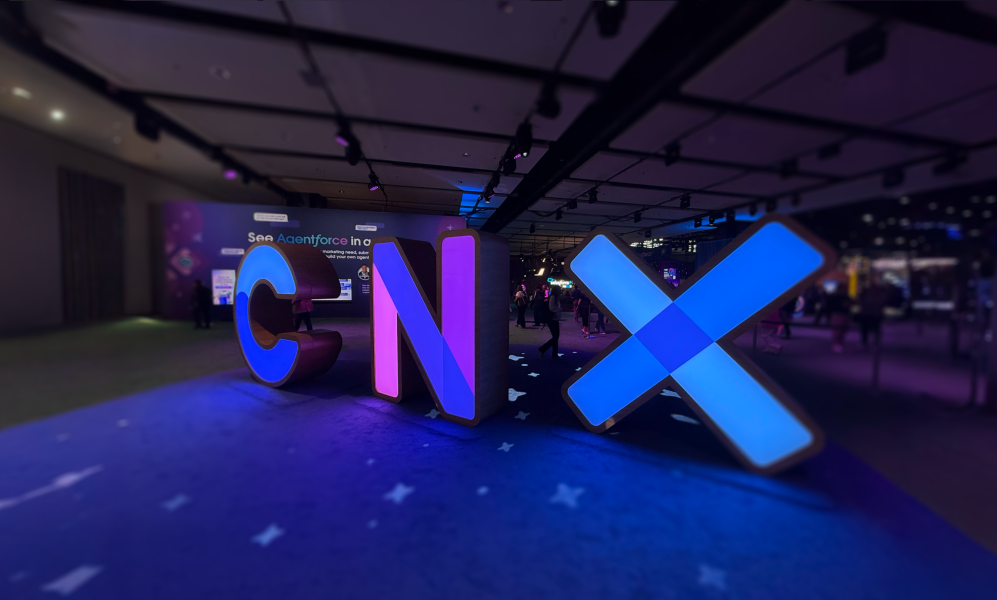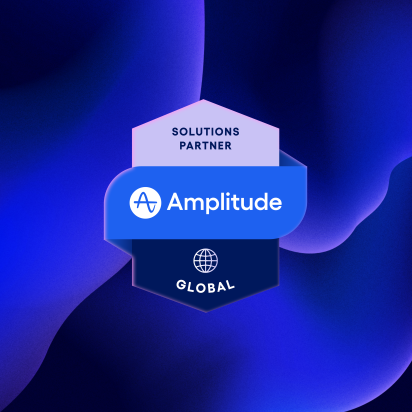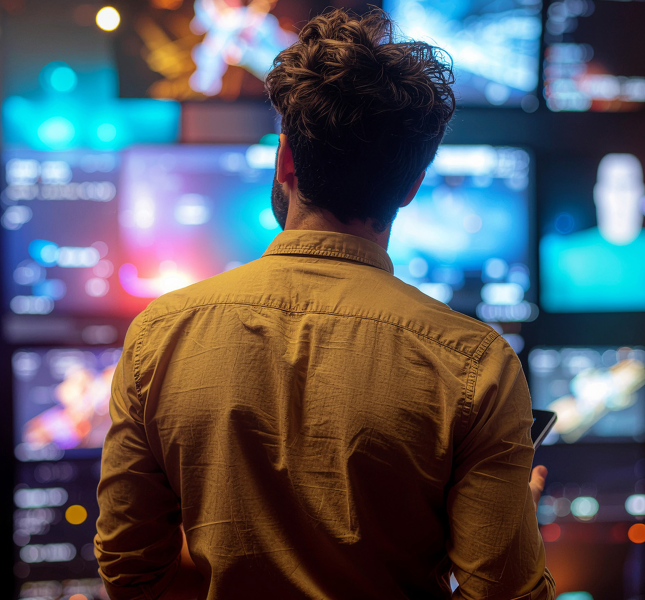Driving Emotion and Immersion Through Sound
For some, sound is forgotten when watching a film or enjoying an experience—and that’s not particularly a bad thing, since it’s is perhaps most effective when its influence is subtle and unnoticed.
But it still has great impact: by setting the emotional state of the viewer or building anticipation, strategic, high-quality sound can make or break a production (think of the opening of Pixar’s Up, which used an excellent soundtrack to portray the ups and downs of a relationship). Our sound team just released a new reel, showcasing an ensemble of musical styles and stimulating sound effects. Switching genres and sounds at break-neck speed, the slick video captures the team’s diverse talents and demonstrates how sound sets the mood when used well.
This is doubly important for building immersive digital experiences, not just film. When we digitized the island community of Santa Cruz del Islote with Bancolombia to demonstrate how a self-sustained community functions, the sounds and chatter of the island’s dense population are what made the Street View-inspired experience feel truly alive. Without it, the silence would be deafening, turning a colorful, tactile digital environment into just another interactive map.
Sound directs subjectivity. “If you switch out the music in a scene for something with a different mood, it will completely change the way you see and interpret things,” says Maarten Meussen, Head of Sound at MediaMonks. “Sound is taking a bigger role in the briefs and budgets that we work on than it used to. With spatial sound, for example, you can point someone’s attention to a certain direction, which really adds a lot to an experience.”
Adapting to New Trends in Sound
Sound’s ability to influence user attention becomes much more interesting when you consider brands’ increasing interest to go beyond traditional content and build immersive virtualized experiences, like mixed reality worlds or installations that use music as a touchpoint for personalization. As these new channels and needs emerge, so too does the role that sound plays.
Just like how we aim to push the visual fidelity of an experience, the MediaMonks sound team believes in transforming a person’s world through sound. One of the most recent ways they’ve achieved this is through work in spatial sound and binaural recordings (that uses a dummy head with a mic in each ear to create the sensation of 3D audio). You’ve probably heard binaural sound before in ASMR videos, though the technology is essential for fully immersing viewers in digital spaces like those explored in AR and VR.

Dazzling lights and mesmerizing music take users on an unforgettable journey in Pharos AR.
A great example of this is Pharos AR, a mobile experience made in collaboration between MediaMonks, Childish Gambino, Google and Unity. Upon opening the app, a virtual door opens up in front of the user, beckoning them to enter a dark cave where sound and visual cues direct their exploration. As users discover neon glyphs within the virtual cave, the music builds before ultimately transitioning into a virtual performance of an exclusive Childish Gambino track, “Algorhythm,” performed in the digital space surrounding users like their own personal concert.
On a related note, sound can also be used to personalize experiences through user interaction in interesting ways. The soundtrack to the Puma: Run My Way installation—an immersive pop-up that lets users take the form of a virtual puma as they run through mesmerizing worlds—is personalized to build in intensity as they run faster and reach certain milestones. The team had to create an interactive music track for each world in the experience, in four distinct styles.
Sound has also gained new relevance with emerging channels like TikTok and Instagram’s Reels feature. Music plays a big part in this format, and while everyday consumers often make content using some of their favorite songs, brands need a different approach. “We don’t recommend brands use a popular track because licensing is difficult and it’s not ownable to the brand,” says Heather Hosey, VP Client Engagement at MediaMonks. She recommends custom songs with lyrics that reference branded hashtag challenge or a familiar jingle: “We can turn that around with custom music in two weeks.”
Capturing the Sounds of the World
Operating globally, the MediaMonks sound team is well-versed in a wide variety of musical styles relevant to regions and cultures around the world—and even time periods. “If there’s a style we’re unfamiliar with, we can analyze and study it to create something authentic,” says Meussen. “And now that the team is growing, we have more specialists in different genres, making it easier to find someone with a personal connection to the brief.”
But the model also helps the team continually push sound to the limit in lockstep with emerging trends like those above, linking creative and technological innovation. Because their capabilities are in house, the sound team is able to collaborate closely with editors, animators and developers across a project’s development and tackle creative challenges at any scale.
You have departments coming together at an earlier stage with a fresh perspective, so you can share input and make things sound cooler.
“One of the coolest things about MediaMonks is that all these creative departments are working so closely together, so you can really see a project take shape from the beginning and have input at an early stage,” says Meussen. “I have worked at a studio where clients would just drop in a video, say ‘Do the thing,’ and that was it. Here, you have departments coming together at an earlier stage who can provide a fresh perspective, so you can share each other’s input and can make things sound so much cooler.”
This involvement at the earliest stages of a project is important to ensure greater effectiveness of any given piece of media’s use of sound—ensuring a film, game or experience truly resonates with the audience. From creating sounds and music with a local flavor to enabling dynamic compositions that personalize and evolve based on user interaction, our sound team knows how to strike a chord around the world and across the ages.
Related
Thinking
-
![A low-angle, wide shot of large, illuminated, three-dimensional letters spelling "CNX" in a dimly lit event hall. The 'C' glows blue, the 'N' glows purple, and the 'X' glows with a bright blue light. The letters are placed on a dark blue carpet with a subtle pattern, and they cast colorful reflections on the floor. In the blurred background, people can be seen walking around the conference space.]()
Blog post
Inside Salesforce Connections 2025 and the Conversational Potential of Agentic AI By Nathan Bouman 5 min read -
![Amplitude Global Solutions Partner Monks announcement banner and badge]()
Blog post
Driving Experimentation and AI Innovation with Amplitude By Sayf Sharif 5 min read -
![A man with dark, wavy hair stands with his back to the camera, wearing a mustard-yellow button-down shirt. He is looking at a large video wall composed of multiple screens, each glowing with bright, colorful, and abstract digital displays in a dimly lit room.]()
Blog post
Unlocking Growth on Amazon DSP with Human-Centered AI By Ladipo Fagbola 5 min read
Sharpen your edge in a world that won't wait
Sign up to get email updates with actionable insights, cutting-edge research and proven strategies.
Monks needs the contact information you provide to us to contact you about our products and services. You may unsubscribe from these communications at any time. For information on how to unsubscribe, as well as our privacy practices and commitment to protecting your privacy, please review our Privacy Policy.



